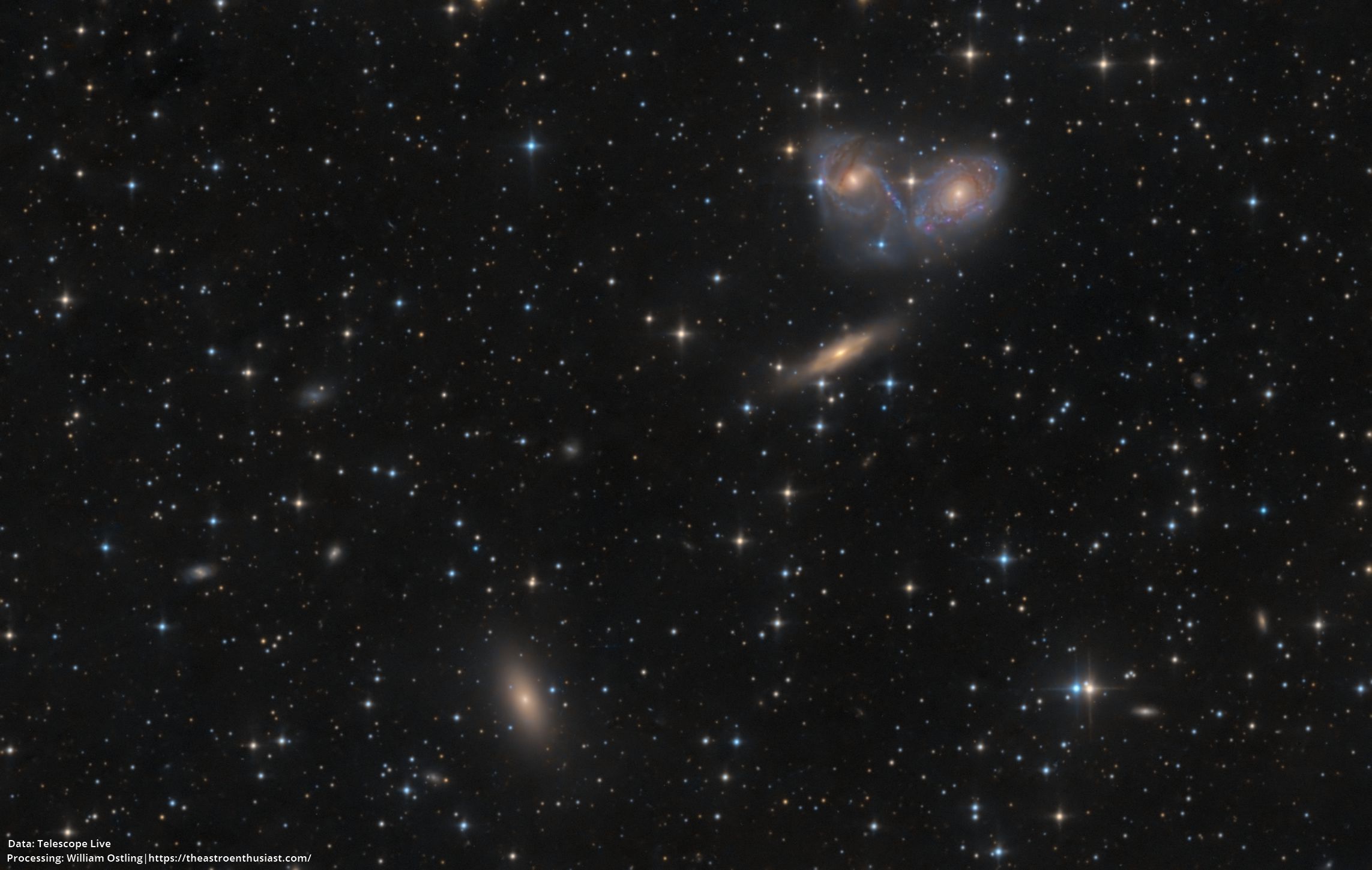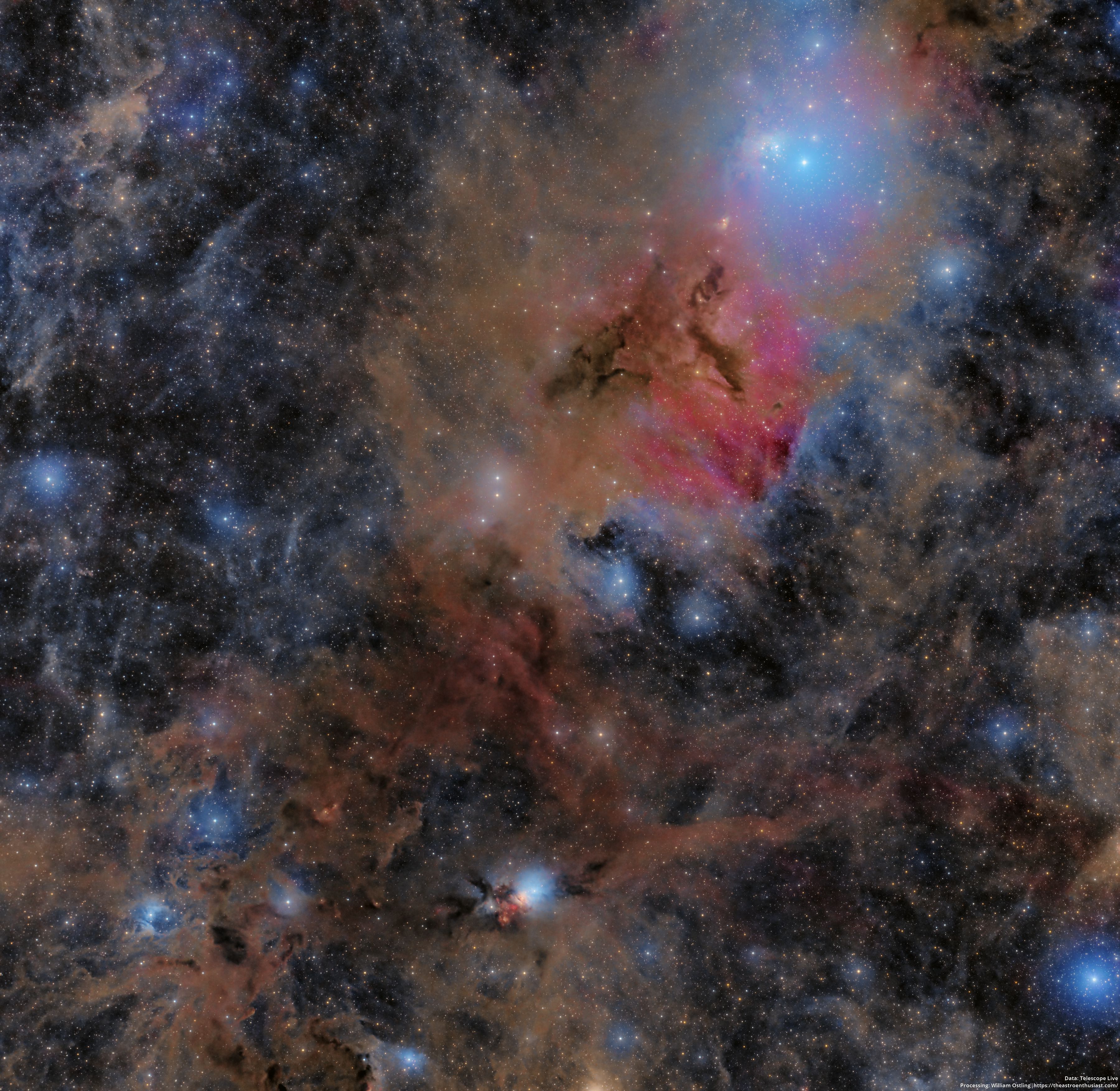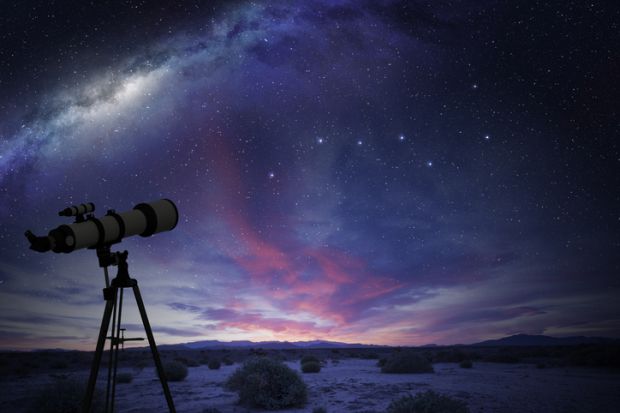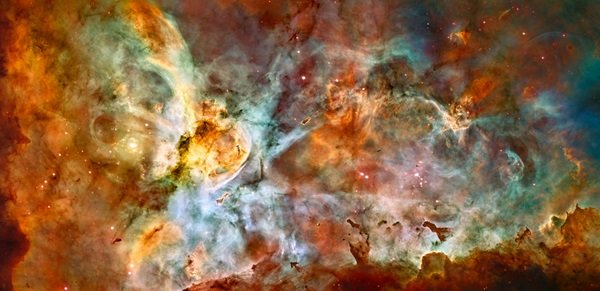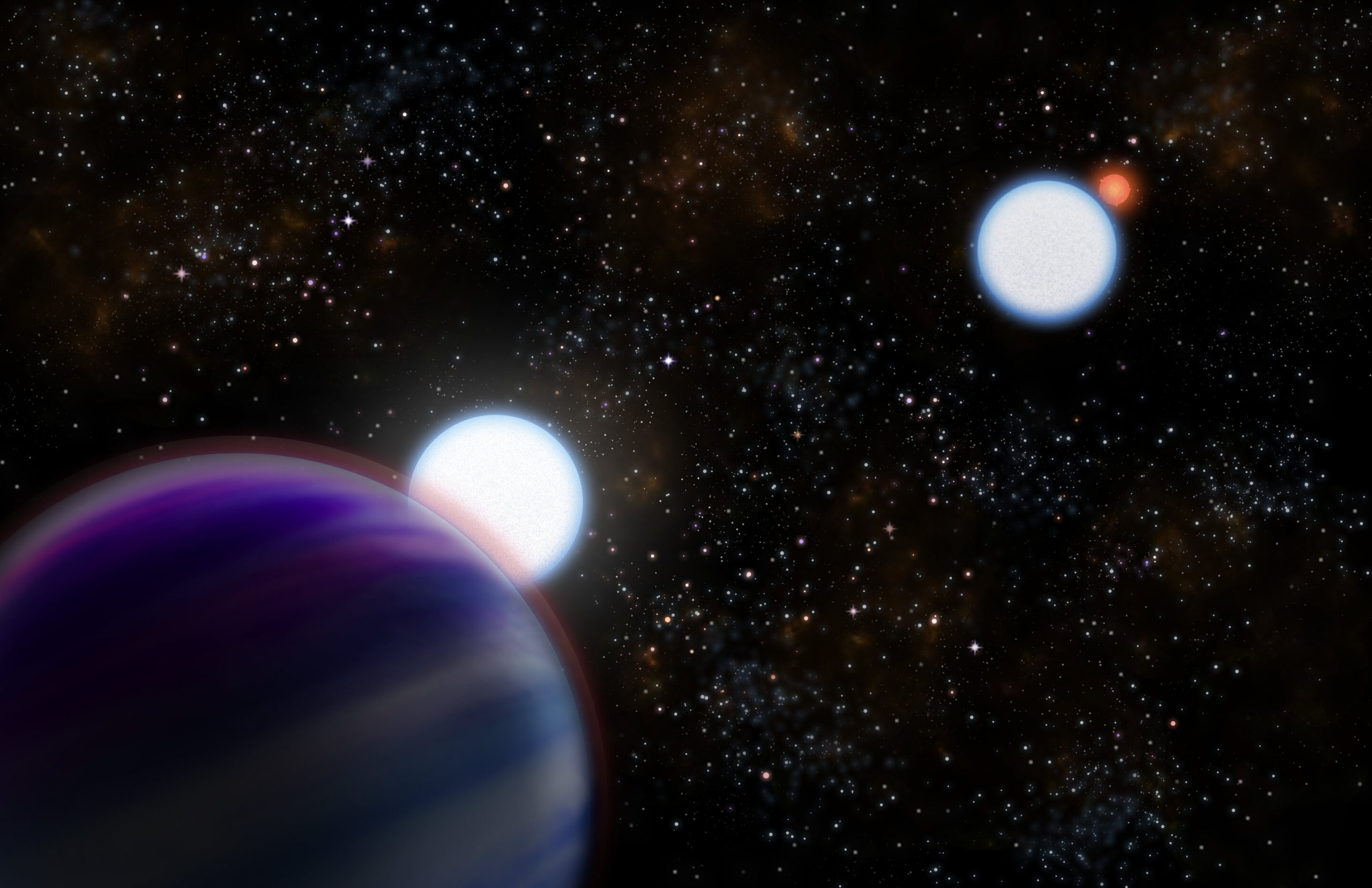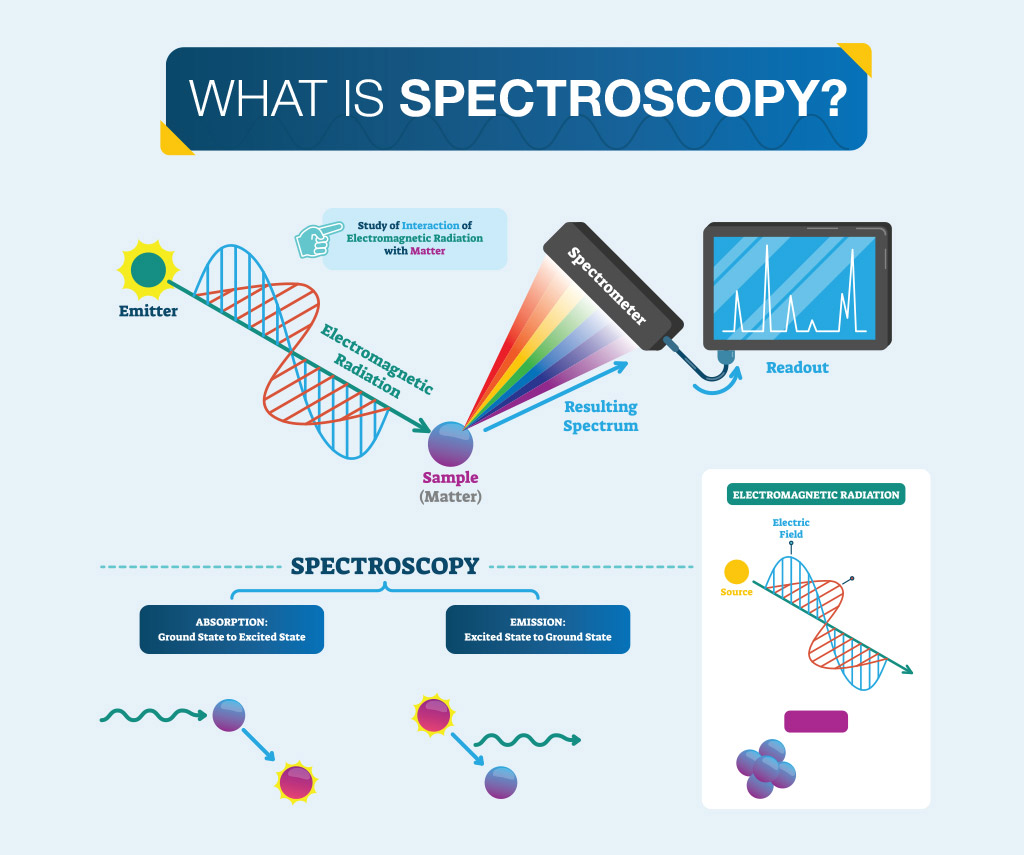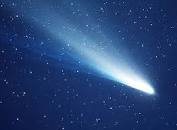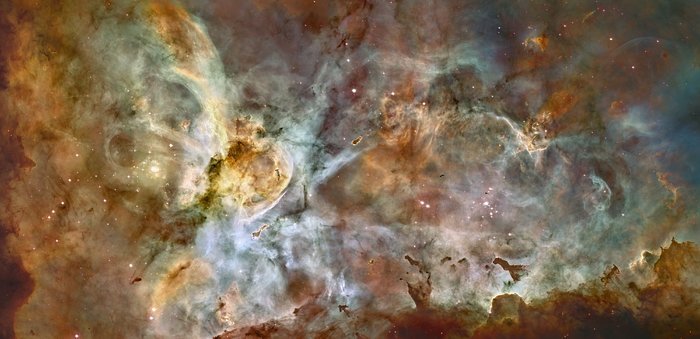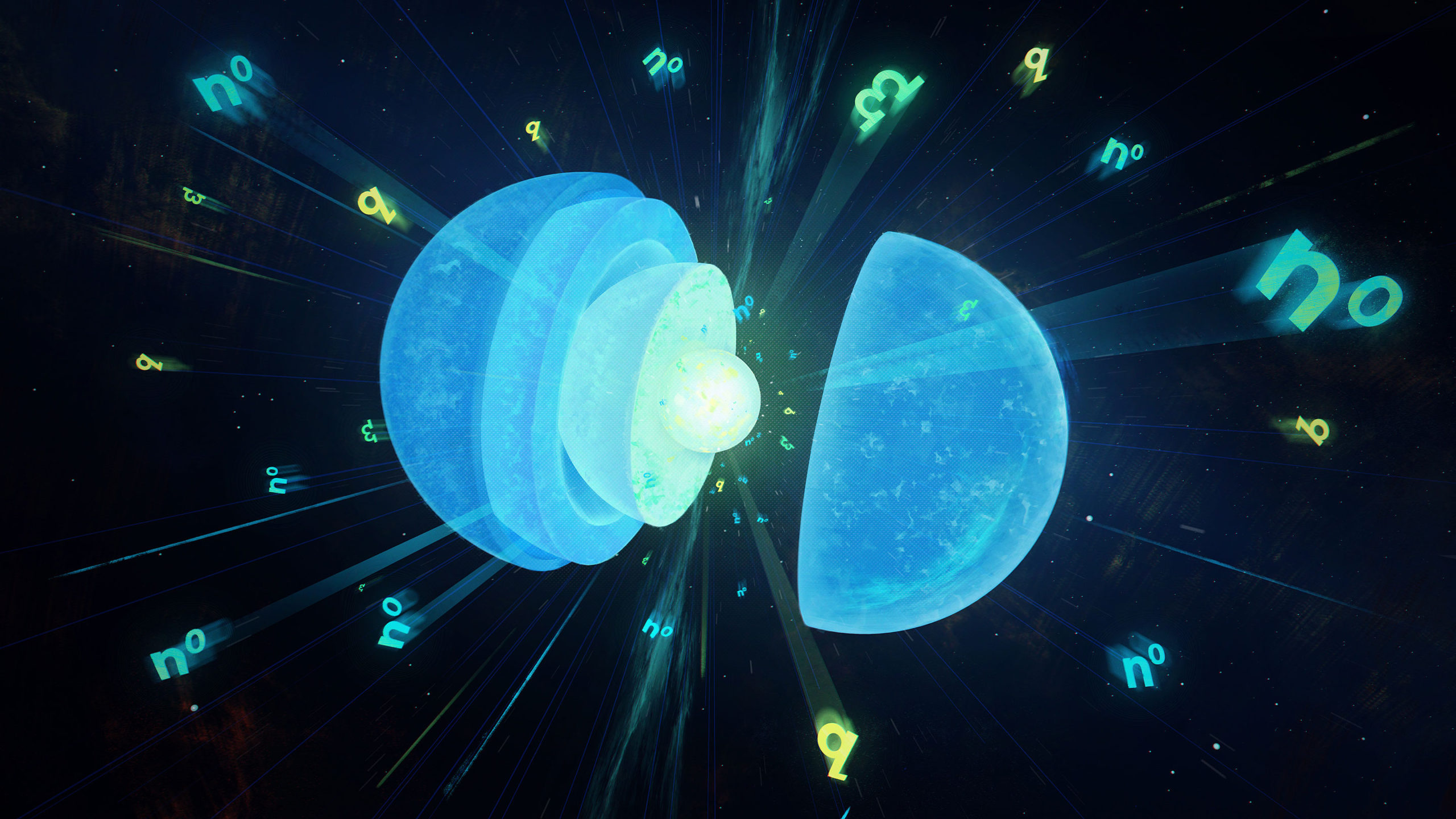Galaxy Triplet NGC 6769-71
This is another image from telescope live, of an interacting galaxy triplet plus some friends in the background. It was a really tough dataset to process – the data was badly undersampled and slighly out of focus. Very careful work with GHS and MMT helped a lot with this image, and I’m pretty happy with the amount of detail I got out considering the lack of data. Galaxy Triplet NGC 6769-71 is a gravitational interacting triplet of galaxies, located about 190 million light years away in the […]
Read more